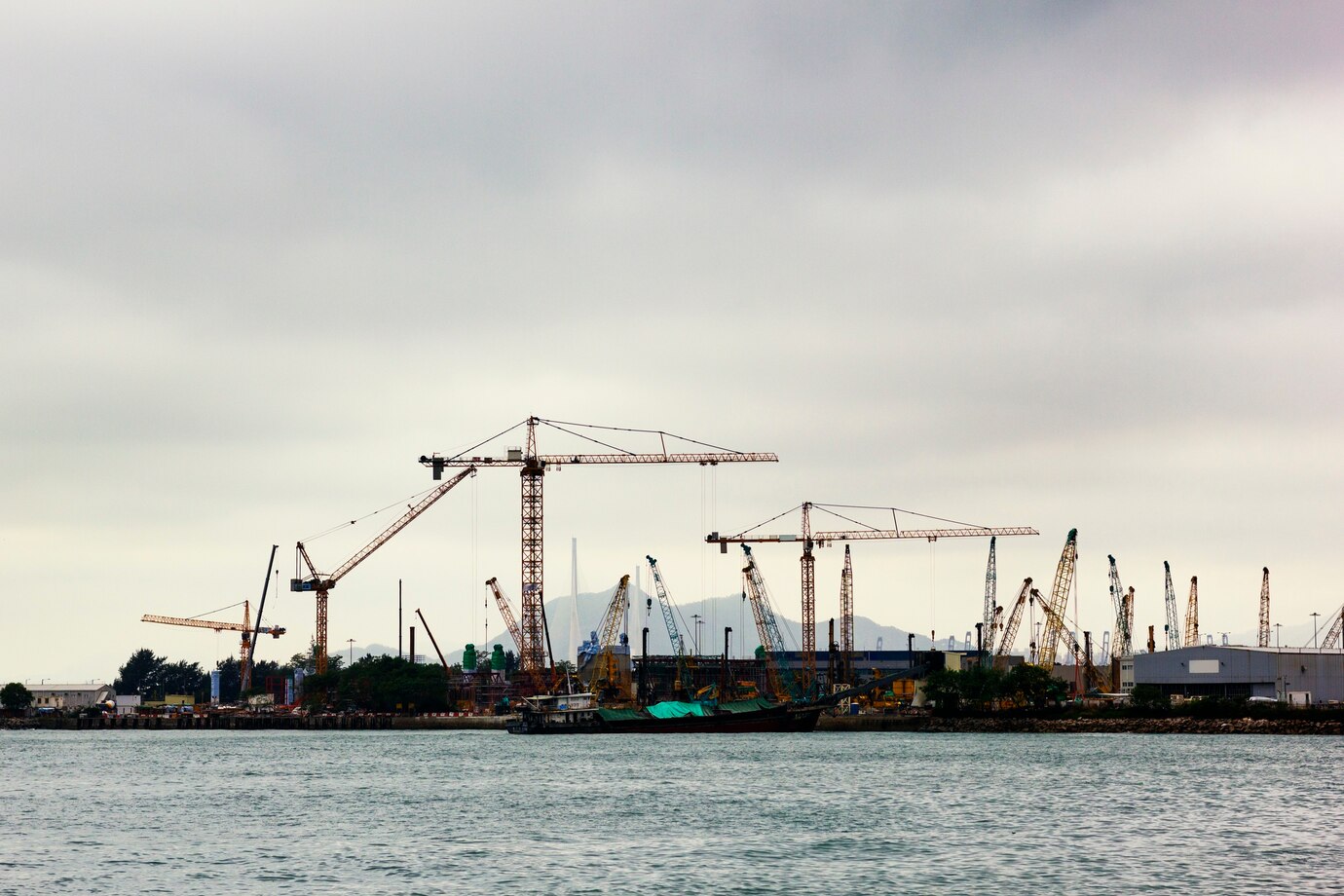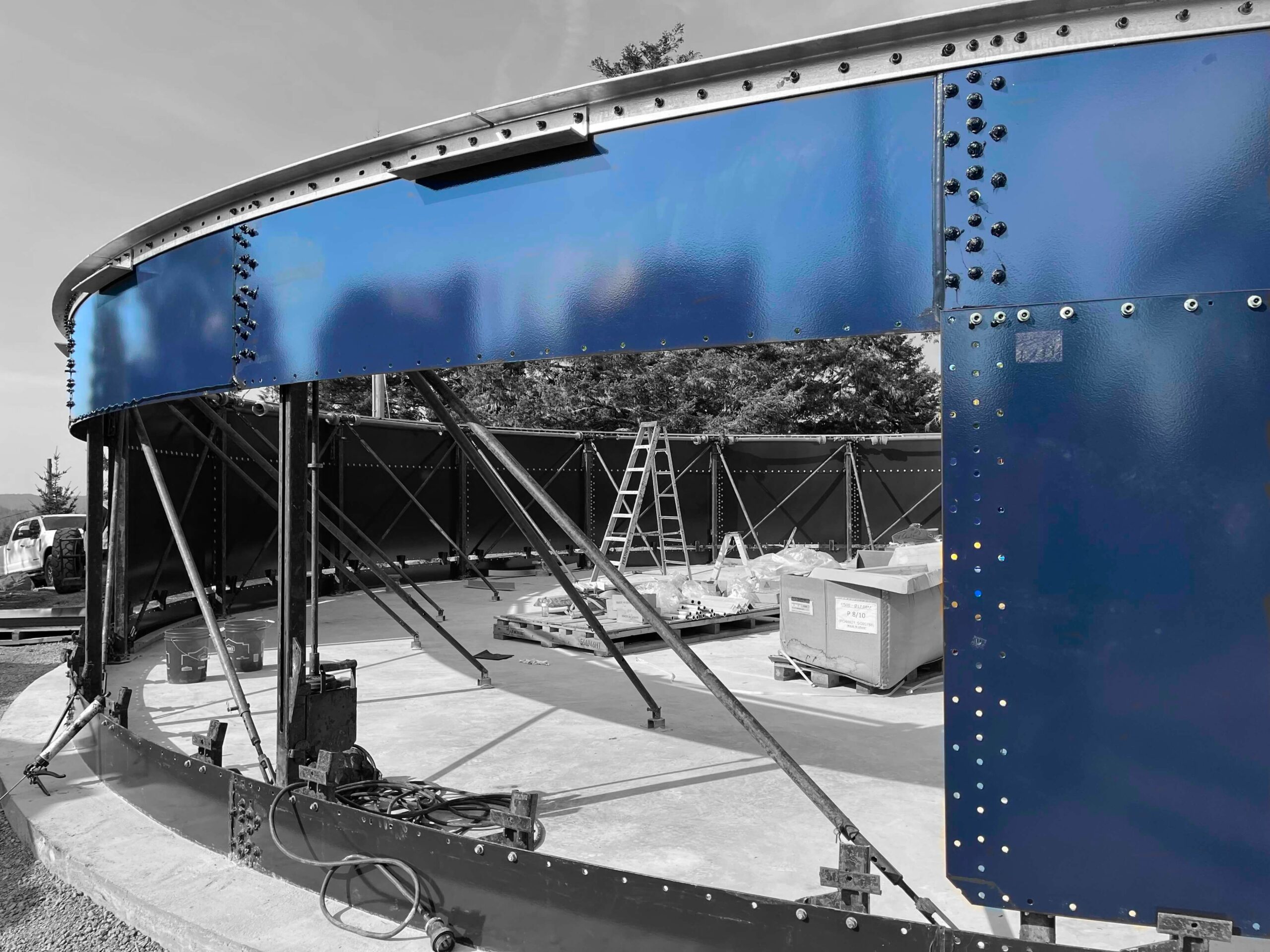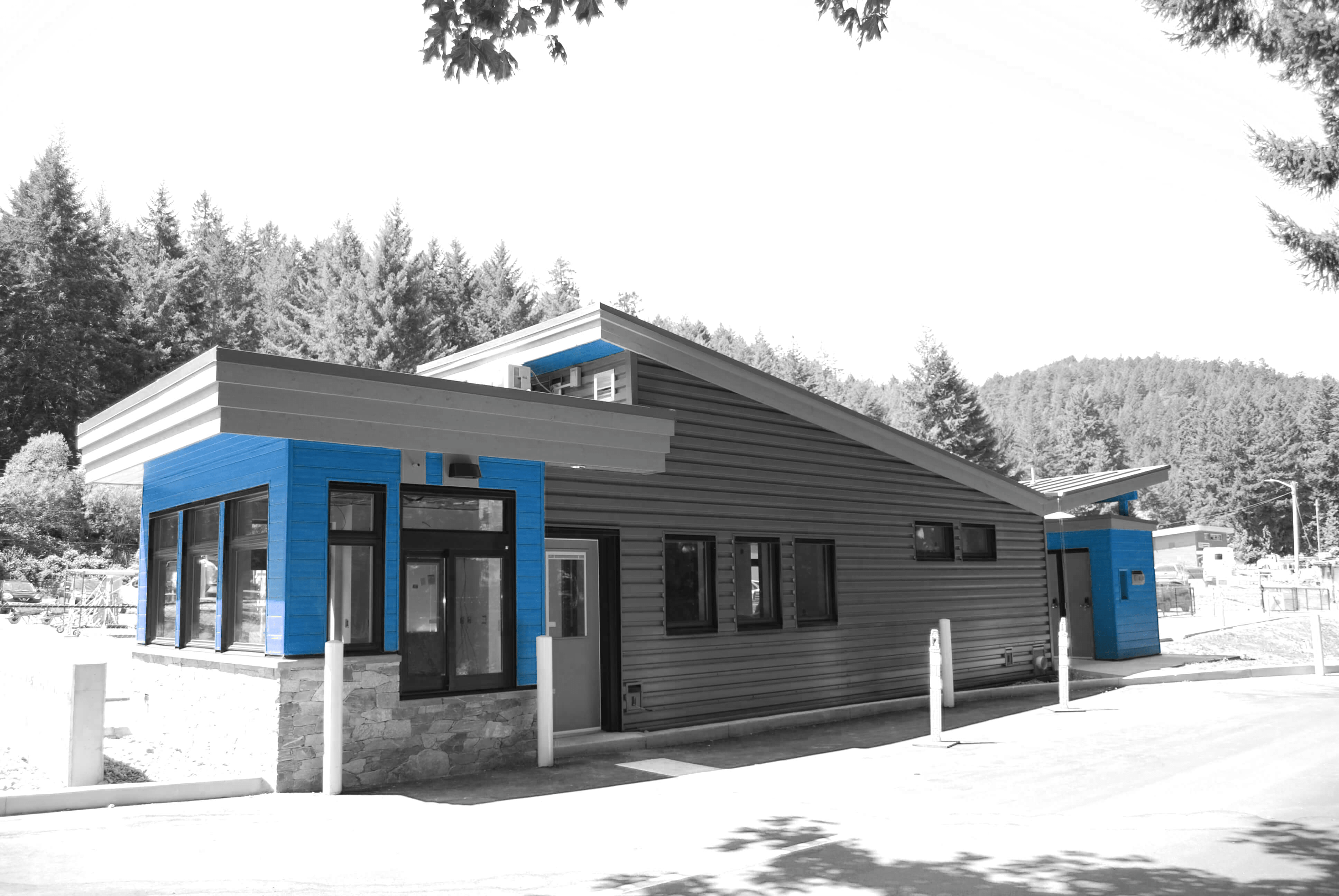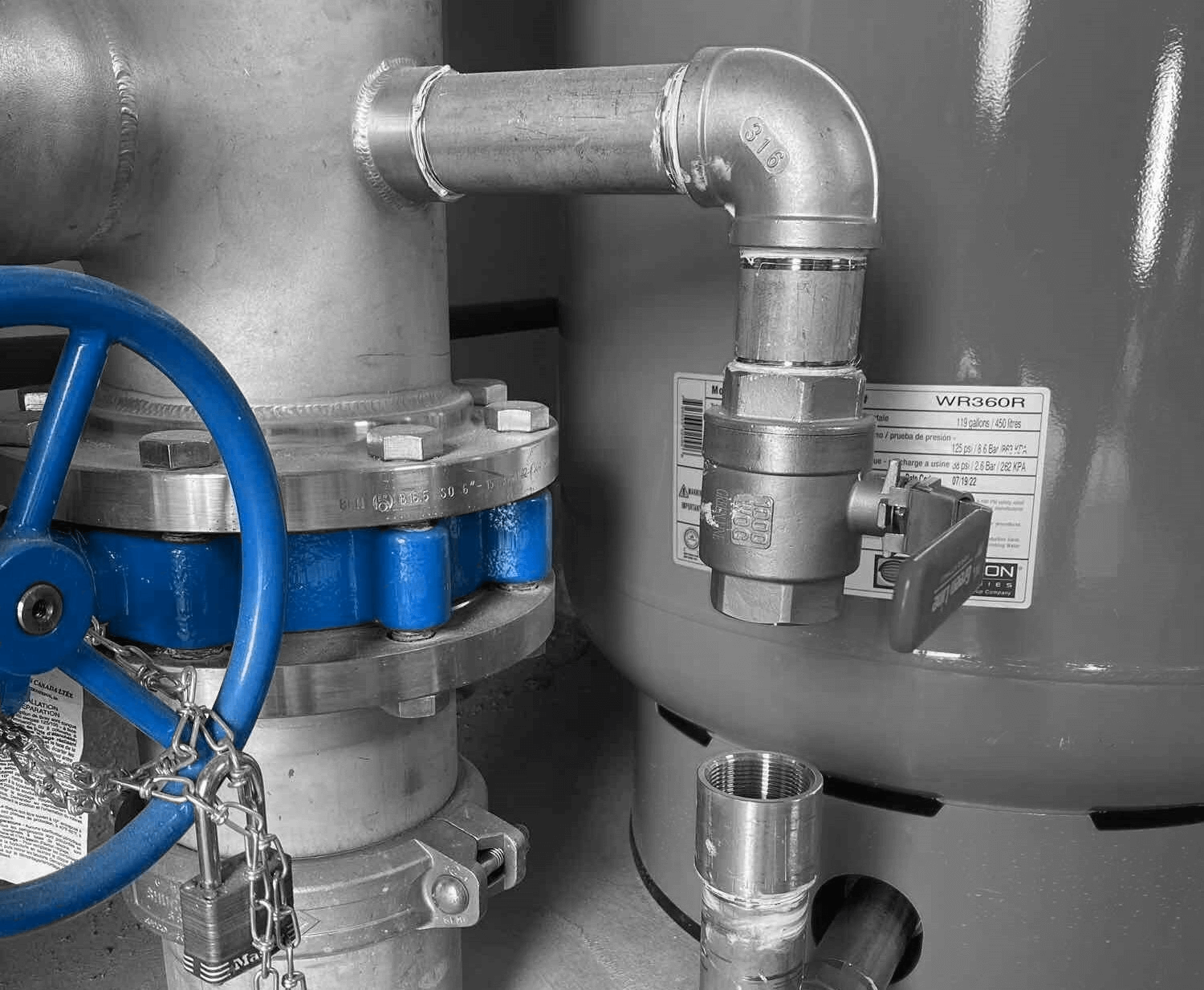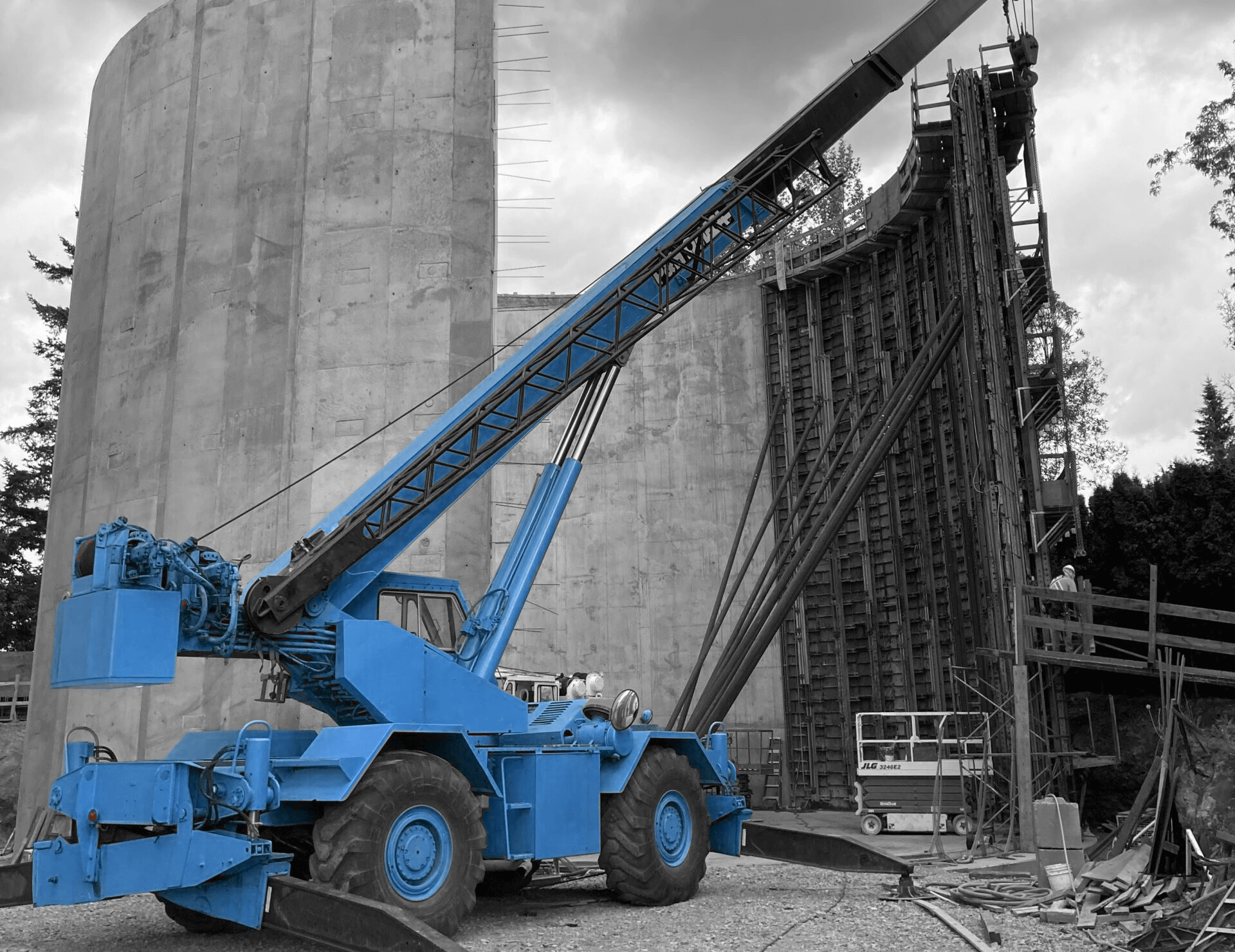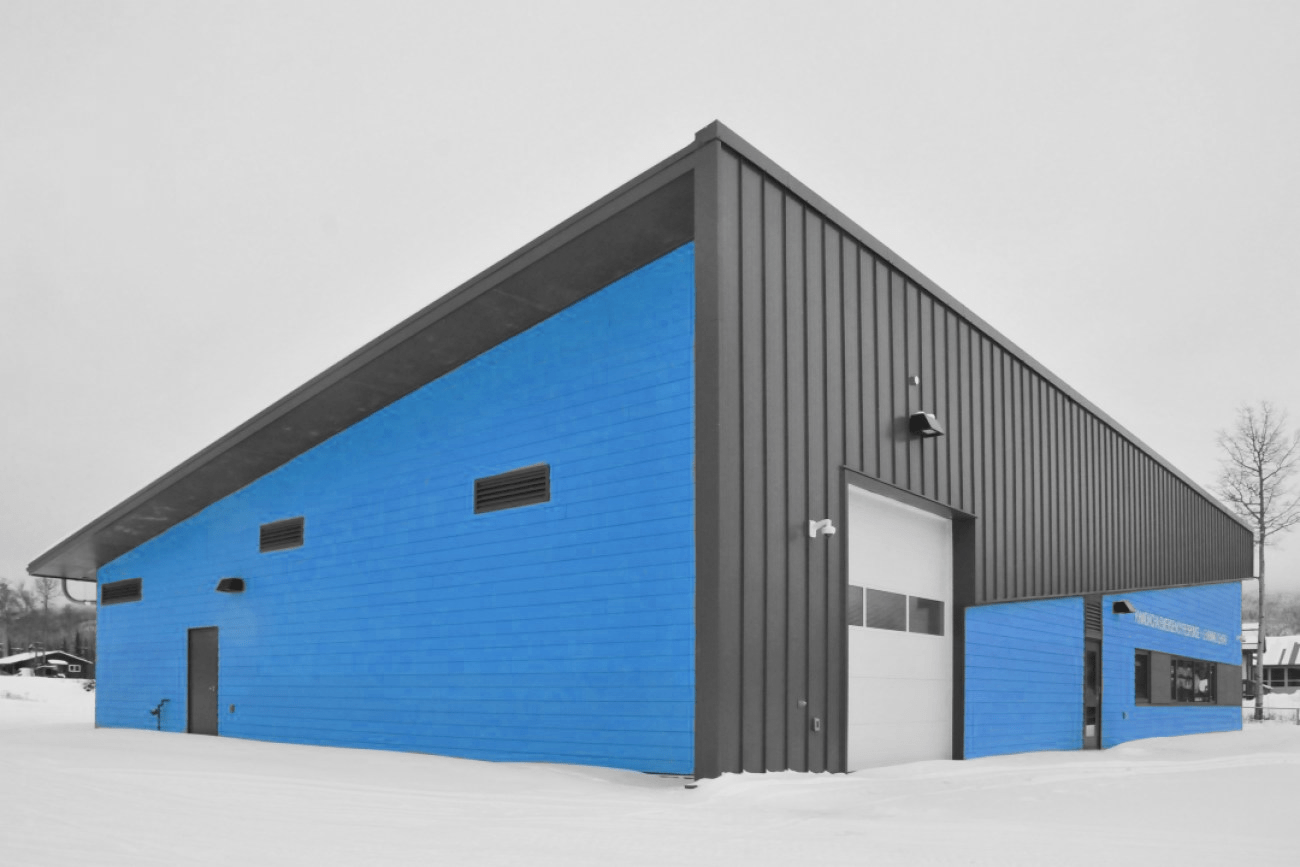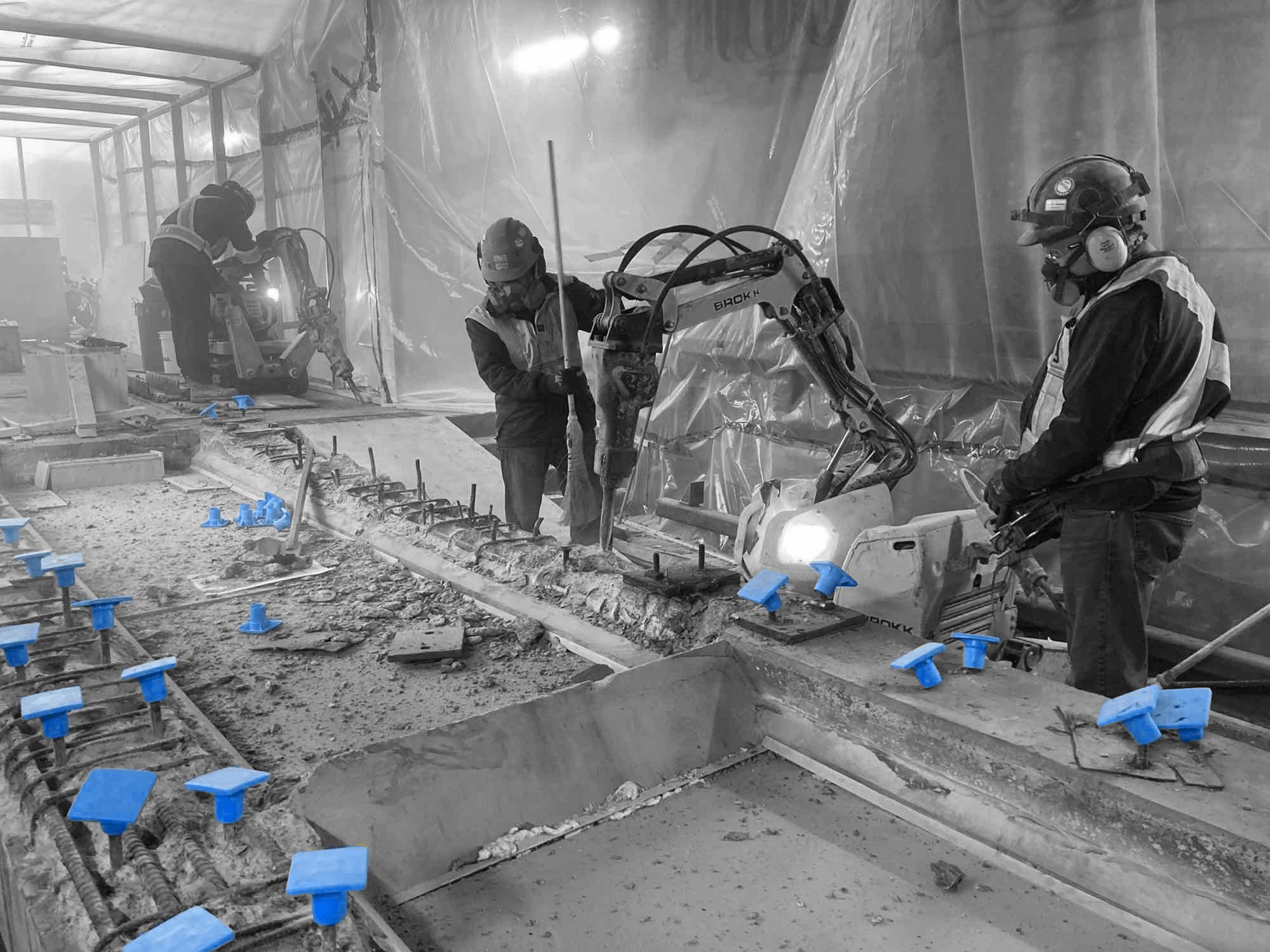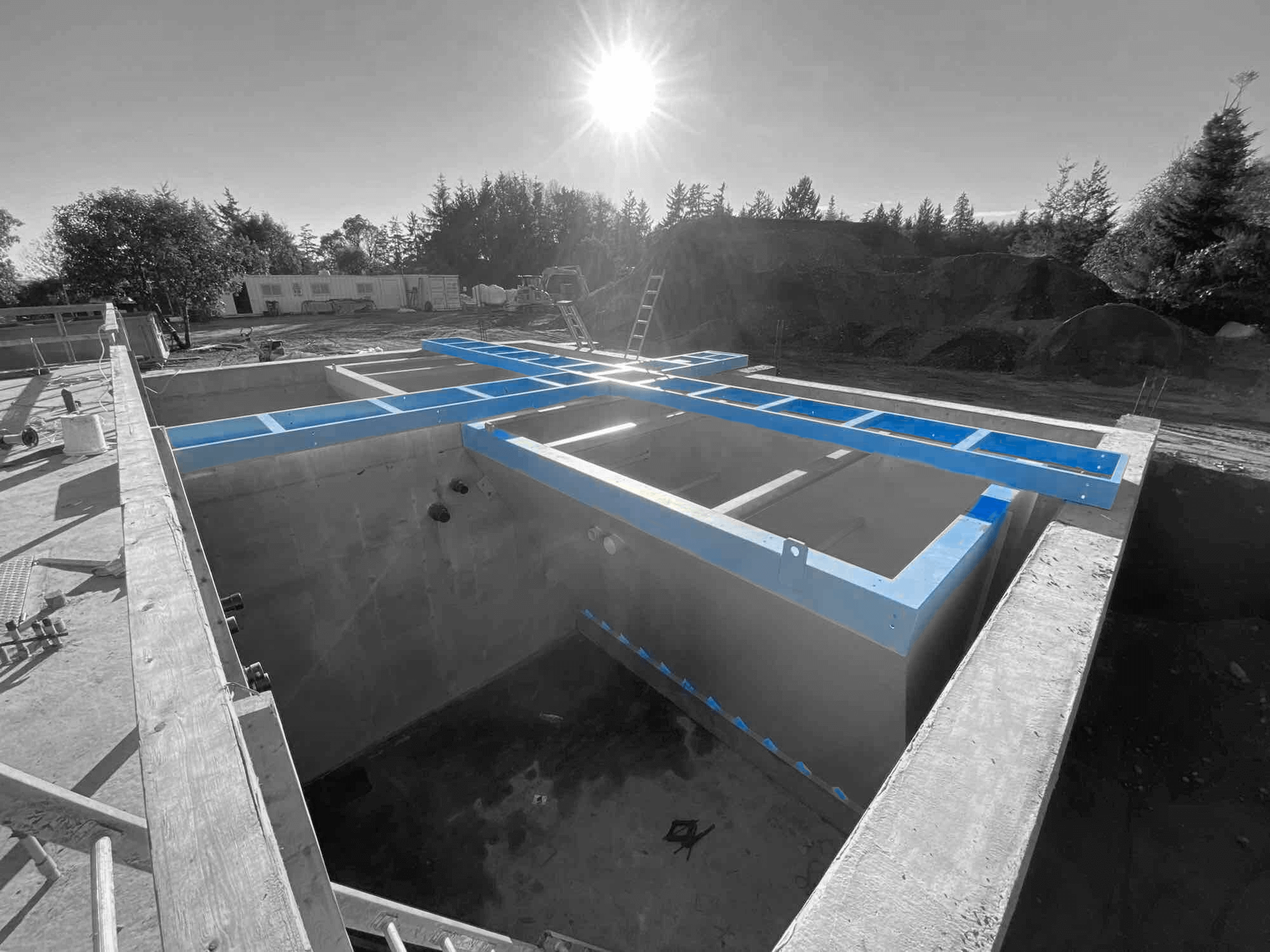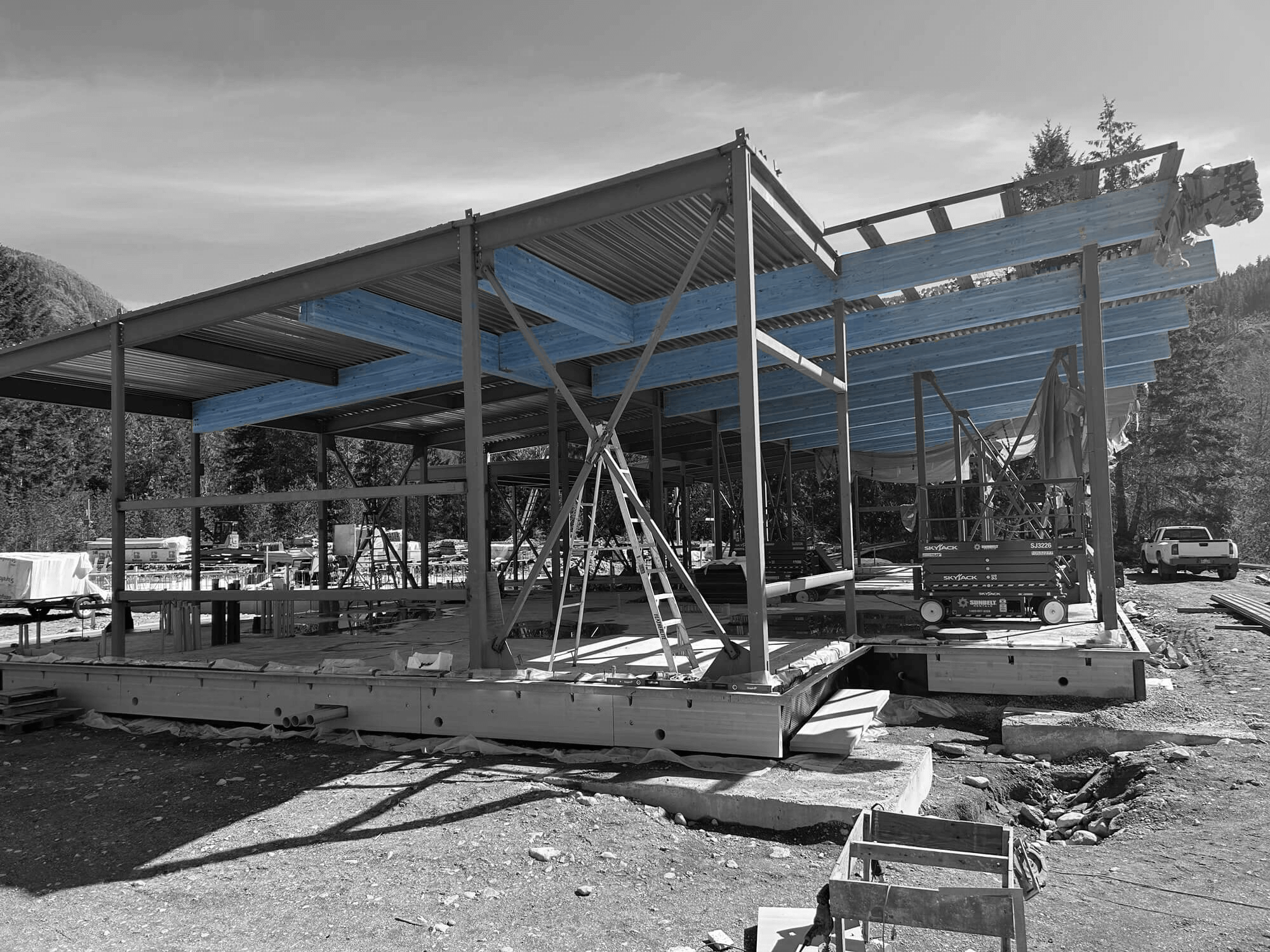Marine construction for industrial projects requires careful planning and precise execution. The unique challenges of working in coastal and undersea environments demand a thorough understanding of various factors such as site conditions, regulatory requirements, and engineering challenges. At Industra Construction Corp., we know that a successful marine construction project hinges on meticulous preparation and strategic management.
The first step in planning any marine construction project is selecting and assessing the site. This involves conducting comprehensive environmental impact studies and detailed geotechnical and hydrographic surveys to understand the physical and ecological characteristics of the location. Proper site selection and assessment ensure that the project can proceed without unforeseen complications, such as environmental degradation or structural instability.
Another crucial aspect is regulatory compliance and permitting. Navigating the complex landscape of local and federal regulations can be daunting, but it’s essential for avoiding legal complications and ensuring the project meets all necessary standards. Understanding and securing the required permits allows us to move forward with confidence, knowing that all regulatory bases are covered.
Effective design and engineering considerations are equally important. The structures we build must be robust enough to withstand marine conditions while adhering to sustainability and environmental best practices. Balancing these aspects ensures the longevity and integrity of the construction without compromising on environmental protection. Proper project management and scheduling round out the planning process, helping us coordinate efforts, manage timelines, and control budgets effectively.
Environmental Impact Studies
Choosing the right site for marine construction in industrial projects begins with conducting thorough environmental impact studies. These studies are crucial to understanding how the construction activities will affect the local ecosystem, including marine life, water quality, and coastal habitats. By studying the potential environmental impacts, we can make informed decisions that minimize damage to the surrounding environment.
Environmental impact studies also help in identifying any protected areas or sensitive habitats that need special consideration. This ensures that the project complies with environmental regulations and promotes sustainable construction practices. Proper assessment can prevent costly delays and modifications later in the project, as any unforeseen environmental issues are addressed upfront.
Geotechnical and Hydrographic Surveys
Geotechnical and hydrographic surveys form another essential part of site selection and assessment. Geotechnical surveys involve investigating the physical properties of the soil and rock at the construction site. These surveys help determine the load-bearing capacity of the ground, ensure structural stability, and identify any potential hazards like subsurface voids or weak soil layers.
Hydrographic surveys, on the other hand, focus on the underwater conditions of the site. They provide detailed information about water depths, seabed topography, and underwater obstacles. This information is vital for planning safe and effective construction activities in marine environments. By combining geotechnical and hydrographic data, we ensure that the site is suitable for construction and that the design of the structures will be robust and resilient.
Understanding Local and Federal Regulations
Navigating the regulatory landscape is a critical step in planning marine construction projects for industrial purposes. Understanding both local and federal regulations ensures that the project adheres to all necessary legal requirements. These regulations may include environmental protection laws, safety standards, and specific construction guidelines that must be followed to avoid legal issues and delays.
Familiarizing ourselves with the relevant regulations helps in drafting compliant project plans and specifications. This preparation is essential to ensure that all operational procedures meet the required standards, thus reducing the risk of fines or project stoppages. It also facilitates smoother interactions with regulatory bodies, helping to build a positive relationship with authorities overseeing the project.
Navigating the Permitting Process
Obtaining the necessary permits is often a complex and time-consuming process, but it is crucial for the success of any marine construction project. The permitting process involves submitting detailed plans and documents to various regulatory agencies for review and approval. These documents typically include environmental impact assessments, engineering designs, and safety plans.
A clear understanding of the permitting process helps in preparing accurate and comprehensive submissions, which can speed up approvals. It is also important to maintain open communication with permitting authorities throughout the project. Regular updates and addressing their concerns promptly can foster trust and cooperation, ensuring that permits are granted without unnecessary delays.
By focusing on regulatory compliance and permitting from the outset, we can ensure that the project proceeds smoothly and without legal complications. This proactive approach also helps in managing stakeholders’ expectations and maintaining a clear roadmap for the project’s progress.
Structural Integrity in Marine Environments
When working on marine construction for industrial projects, ensuring structural integrity is essential. Marine environments pose unique challenges like tidal movements, saltwater corrosion, and varying weather conditions. Using materials and designs that can withstand these elements is vital. For example, we might use reinforced concrete and specially treated steel to prevent wear and tear caused by saltwater.
Building strong foundational structures is crucial for the safety and longevity of marine facilities. This process often involves extensive planning and the use of advanced engineering techniques. We must consider the impact of waves, currents, and other environmental factors when designing structures. By addressing these factors during the design phase, we can build safer and more durable marine facilities.
Sustainability and Environmental Best Practices
Sustainability is another key consideration in marine construction. Using environmentally friendly materials and methods helps protect the marine ecosystem and maintain regulatory compliance. Practices such as sourcing sustainable materials, minimizing waste, and recycling construction debris contribute to more eco-friendly projects. Employing green building techniques ensures that our projects have minimal impact on the environment.
Additionally, implementing environmental best practices makes good business sense. Sustainable construction saves costs in the long run by reducing waste, extending the lifespan of materials, and ensuring adherence to environmental regulations. This approach also promotes a positive image for our projects, highlighting our commitment to protecting the environment while delivering high-quality industrial construction solutions.
Coordinating with Stakeholders and Contractors
Effective project management is crucial for the success of marine construction projects. Coordinating with stakeholders and contractors ensures everyone involved is on the same page. This coordination helps avoid misunderstandings and keeps the project moving forward smoothly. Regular meetings, clear communication channels, and detailed project plans are essential tools for good project management.
Clear coordination also helps in resource allocation and conflict resolution. When everyone understands their roles and responsibilities, the project can proceed more efficiently. Addressing any issues or concerns promptly can prevent costly delays and keep the project on track. Effective stakeholder management also builds trust and ensures that all parties are committed to the project’s success.
Time and Budget Management
Managing time and budget effectively is crucial in marine construction projects. Developing a detailed project schedule helps ensure timely completion of tasks. It is important to allocate sufficient time for each phase, from site assessment to final inspections. By closely monitoring progress and making adjustments as needed, we can prevent delays that might otherwise disrupt the project timeline.
Budget management is equally important. Proper financial planning helps avoid cost overruns and ensures that resources are used efficiently. Keeping track of expenses, regularly updating the budget, and remaining flexible for unexpected costs are essential practices. Good time and budget management contribute to completing projects on time and within budget, enhancing client satisfaction and project success.
Conclusion
Marine construction for industrial projects involves meticulous planning and careful consideration of numerous factors. From site selection and assessment to regulatory compliance, every step requires detailed attention to ensure project success. Thorough environmental impact studies and geotechnical surveys help in choosing the right site while understanding and navigating regulations and permits to avoid legal complications.
Ensuring structural integrity and adopting sustainable practices guarantee the durability and environmental responsibility of the projects. Effective project management, which includes stakeholder coordination and diligent time and budget management, ensures timely and cost-effective completion. Ultimately, our aim is to deliver projects that meet high standards of safety, sustainability, and efficiency.
If you are planning a marine construction project and need a reliable partner, trust Industra Construction Corp. to handle every aspect with professionalism and expertise. Reach out to us to discuss your needs and let us help you bring your project to life with the highest level of care and competence.


